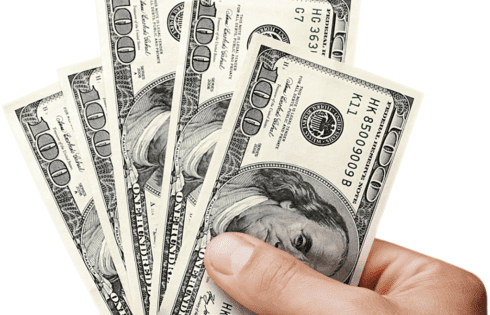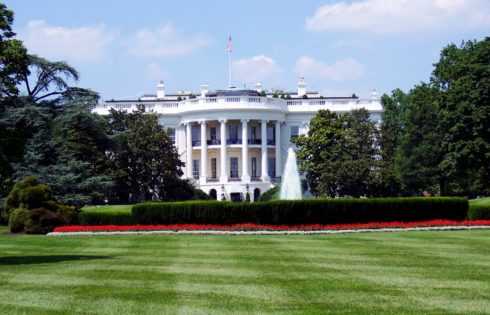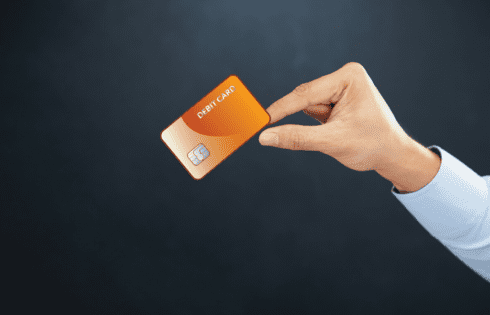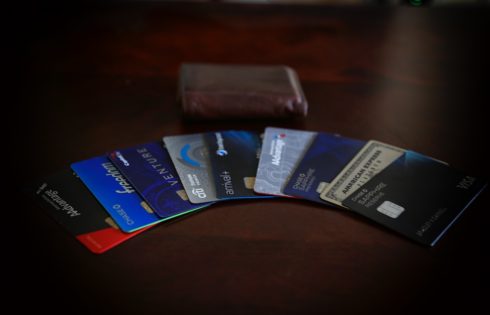
Update on IRS/TurboTax stimulus check glitch
Update: The IRS states that many Americans will be receiving their stimulus check in the form of a debit card that will be shipped out in the mail. This will

Update: The IRS states that many Americans will be receiving their stimulus check in the form of a debit card that will be shipped out in the mail. This will

As we are getting close to the Senate beginning negotiations for another stimulus package, we are hearing more details about a potential second round of stimulus checks. One of the
One of the biggest disputes between Republicans and Democrats is: how exactly should people receive aid in order to get the economy back up and running? Democrats are proposing to
If you were hoping for a second stimulus track to be hitting your account in the next few weeks, you may be a little bit disappointed. That’s because the Senate

Since mid-April, approximately 140 million Americans have received direct payments from the IRS totaling around $239 billion. Most of these payments were sent out via direct deposit and landed in
Many Americans are eagerly awaiting news regarding the potential second round of stimulus checks that is contained in the new Health and Economic Recovery Omnibus Emergency Solutions (HEROES Act). But

Talk about mixed signals. I’ve been following the development of the stimulus packages very closely over the last couple of months. With respect to an additional round of stimulus checks,
5/15/20 Update: House Democrats just passed the $3 trillion coronavirus relief bill! The bill passed with 14 Democrats voting “no” and one single Republican voting in favor. Just before passing
The House of Representatives is set to vote on another stimulus package tomorrow that is being called the HEROES Act. One of the most anticipated and talked about elements of

Many people are still waiting for stimulus funds and are wondering if more additional rounds of funding are going to ever happen. At this stage, it really is too early
| Cookie | Duration | Description |
|---|---|---|
| cookielawinfo-checkbox-analytics | 11 months | This cookie is set by GDPR Cookie Consent plugin. The cookie is used to store the user consent for the cookies in the category "Analytics". |
| cookielawinfo-checkbox-functional | 11 months | The cookie is set by GDPR cookie consent to record the user consent for the cookies in the category "Functional". |
| cookielawinfo-checkbox-necessary | 11 months | This cookie is set by GDPR Cookie Consent plugin. The cookies is used to store the user consent for the cookies in the category "Necessary". |
| cookielawinfo-checkbox-others | 11 months | This cookie is set by GDPR Cookie Consent plugin. The cookie is used to store the user consent for the cookies in the category "Other. |
| cookielawinfo-checkbox-performance | 11 months | This cookie is set by GDPR Cookie Consent plugin. The cookie is used to store the user consent for the cookies in the category "Performance". |
| viewed_cookie_policy | 11 months | The cookie is set by the GDPR Cookie Consent plugin and is used to store whether or not user has consented to the use of cookies. It does not store any personal data. |
